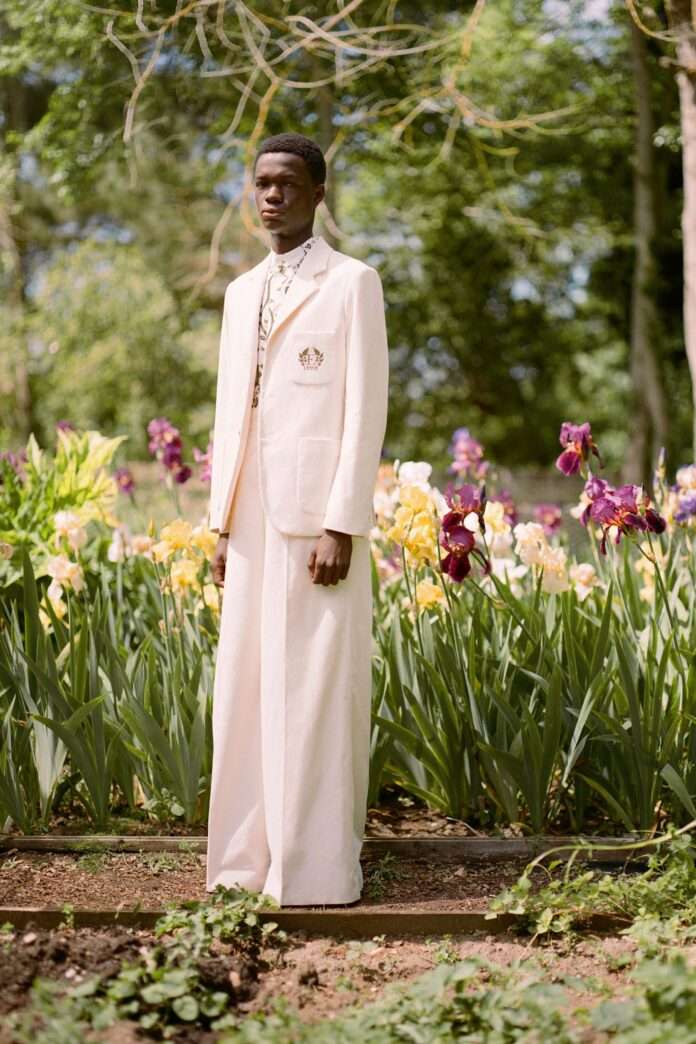In moves aimed at redefining the sustainability metrics in the luxury market, the U.K.-based Positive Luxury has unveiled its ESG+ 2.0 Progress Assessment Platform as the Ellen MacArthur Foundation pushes circular design in another new effort.
Positive Luxury’s new ESG+ 2.0 program is designed to support businesses by identifying priority areas for sustainable improvement. This preliminary evaluation sets the stage for personalized diagnostics and action plans.
Compliance with global standards is at the core of the ESG+ 2.0 framework. The platform incorporates guidelines from TCFD (Task Force on Climate-Related Financial Disclosures), TNFD (Task Force on Nature-Related Financial Disclosures), GRI (Global Reporting Initiative), and SASB (Sustainability Accounting Standards Board). Moreover, it aligns with the United Nations’ 2030 sustainability goals.
Positive Luxury’s Chief Executive Officer Amy Nelson-Bennett calls this new platform a “game-changer.”
“A client’s assessment is updated until the ‘final assessment’ when, following a double-verification process of answers and evidence, it reaches or exceeds our minimum standards of fifty percent across all three core environment, social and governance pillars.
“On average, clients’ baseline score is a 28 and by the time of the final assessment six to 12 months later they have improved to an average score of 67 across E, S and G, reflecting the depth and breadth of the positive impact our Real Changemakers are delivering,” said Nelson-Bennett.

According to Nelson-Bennett, the size and maturity of a company can significantly influence the depth of its sustainability data. She says smaller businesses new to sustainability practices may generate around 250 supported data points. On the other hand, larger companies with more experience in this area could reach beyond 500 supported data points.
“To help our clients prepare for the dramatic increase in sustainability-related regulations, 2.0 integrates forthcoming sustainability legislations such as CSRD in the EU, the UK Green Claims Code, the Uyghur Forced Labor Prevention Act from the U.S. and France’s Anti-waste Law for a Circular Economy,” Nelson-Bennett noted.
Since its inception in 2011, Positive Luxury has grown its community to 185 members across six sectors, including fashion, jewelry, and beauty. The new platform will be available for new clients immediately, while existing clients will transition to it over the course of October and November.
The news comes as the Ellen MacArthur Foundation has launched its inaugural circular design strategy, calling for a systemic application of design in realizing circular economy goals. The strategy, dubbed “From Ambition to Action: An Adaptive Strategy for Circular Design,” outlines how businesses can transition from a linear take-make-waste model to one that enriches both business prospects and the environment.
The foundation promotes a circular economic model, which is grounded in the tenets of waste elimination, material circulation, and nature regeneration. This alternative economic framework aims to benefit not only businesses but also communities and the natural world.

The strategy revolves around six pivotal focus areas, termed as design leverage points, which the Foundation says “create an organizational environment for circular transformation.” These key points include: interpreting the existing system, envisioning a circular future, fostering collaborative environments, enhancing circular design capabilities, rewriting prevailing norms, and creating evaluation tools.
“As more organizations embark on a circular economy transition, diverse pathways are coming to light on how to move from ambition to action,” the Foundation said in a statement. It emphasizes that the strategy serves as an initial step towards transformative change and can be adapted to meet the unique needs and contexts of individual organizations.
“This work provides a set of complementary and interlinked strategies for those leading circular design efforts including, but not limited to, chief design officers, heads of design and innovation and strategy, systems or business designers with multidisciplinary teams,” the Foundation said.
“The knowledge shared here helps deepen the understanding of the topic and what it takes for organisations to leverage design for circular and regenerative outcomes.”
Related on Ethos:


